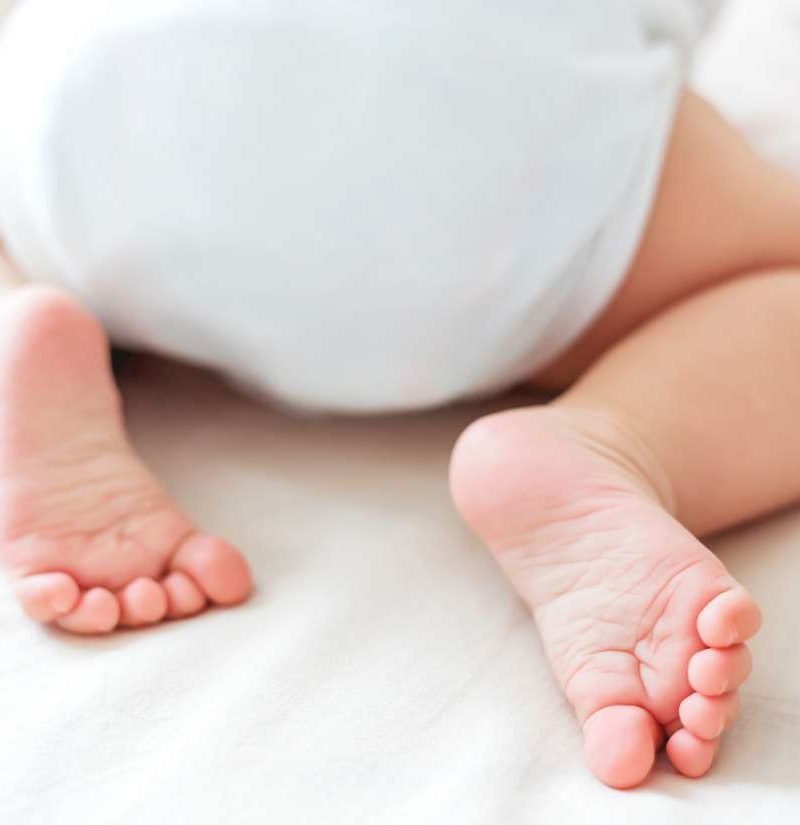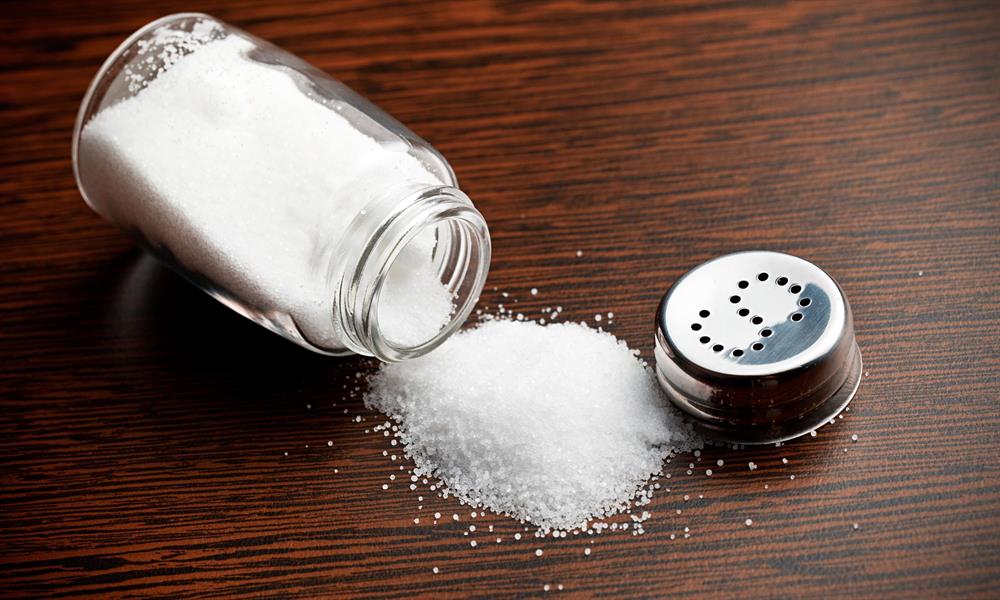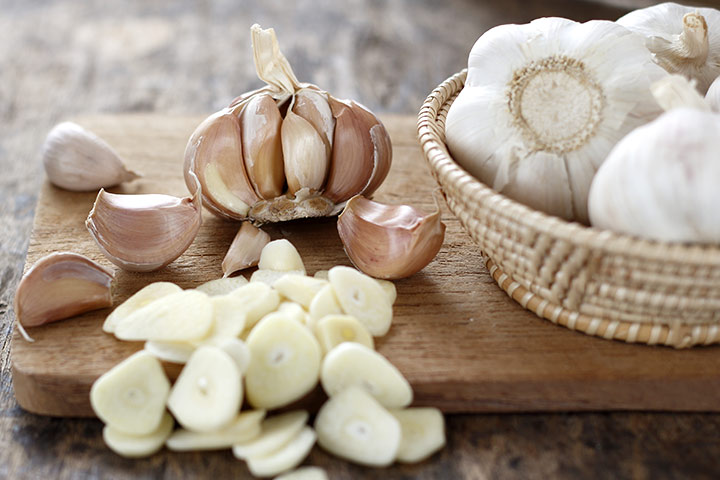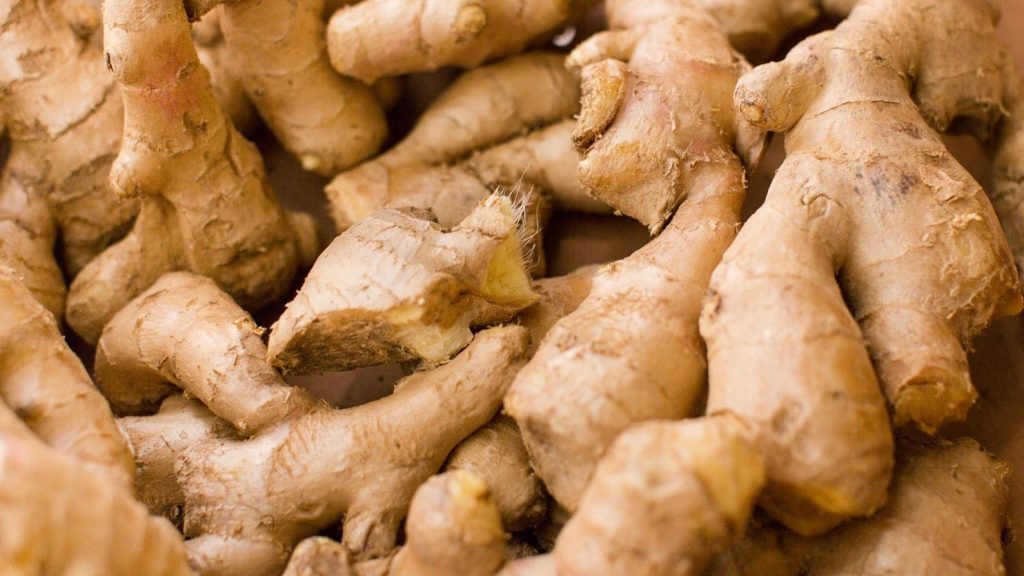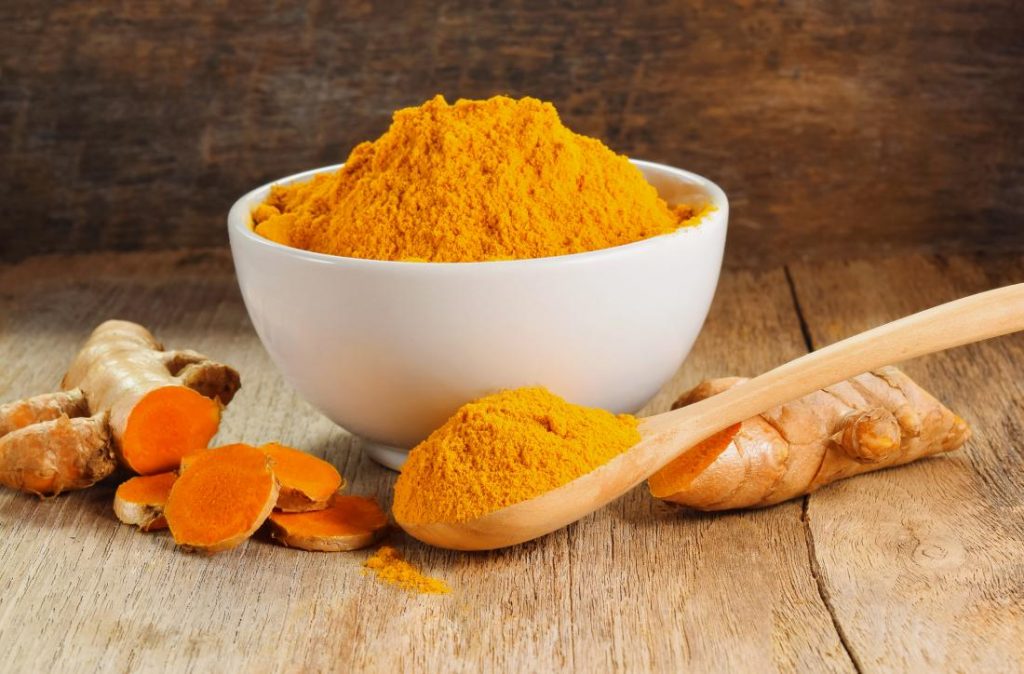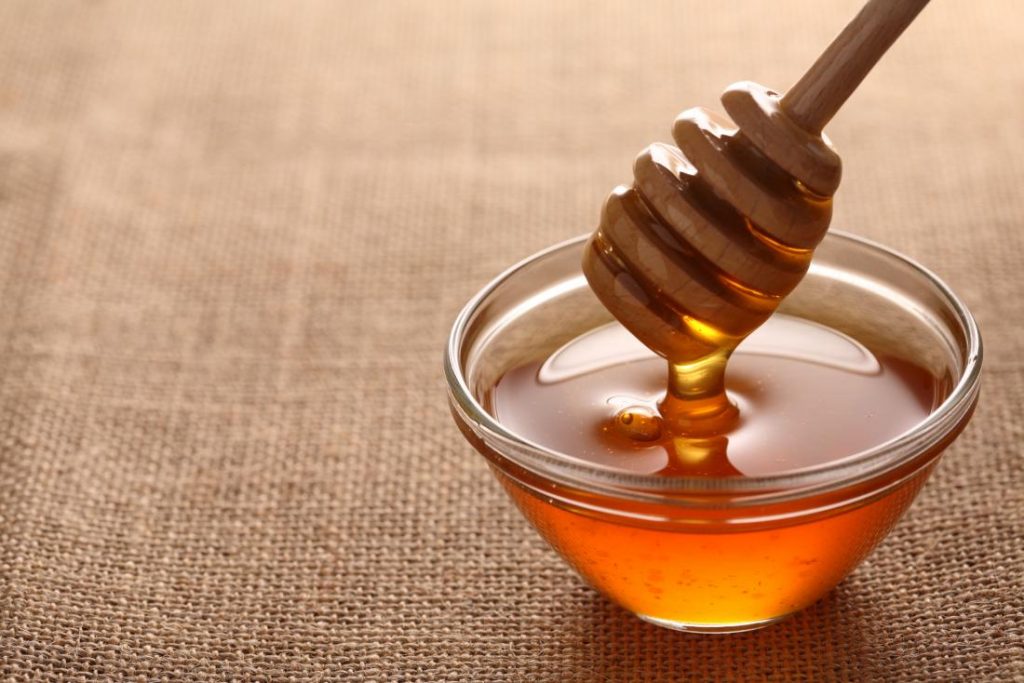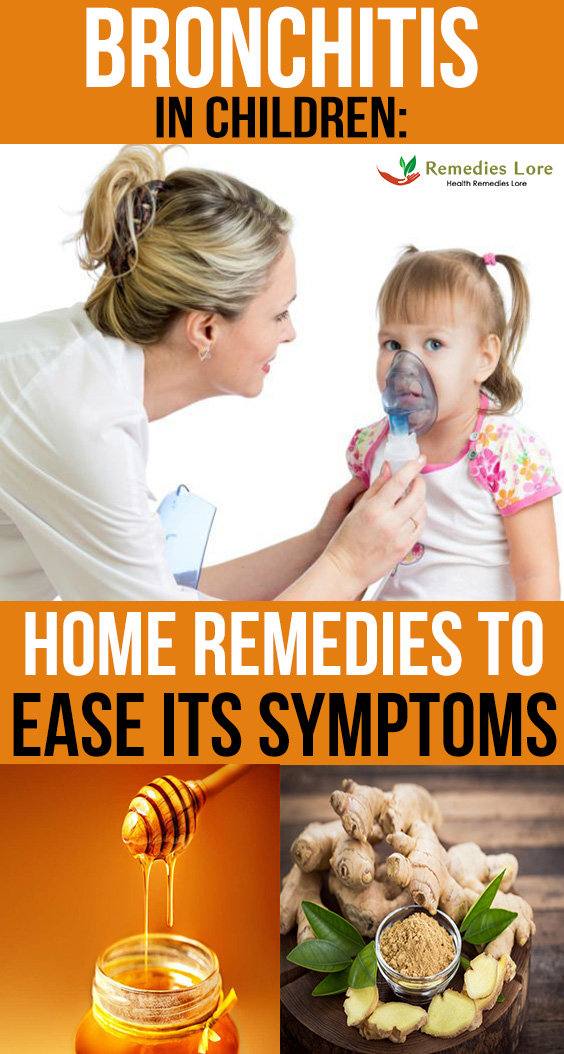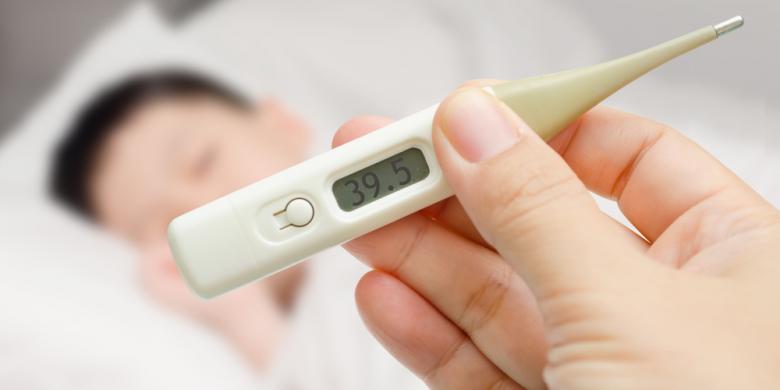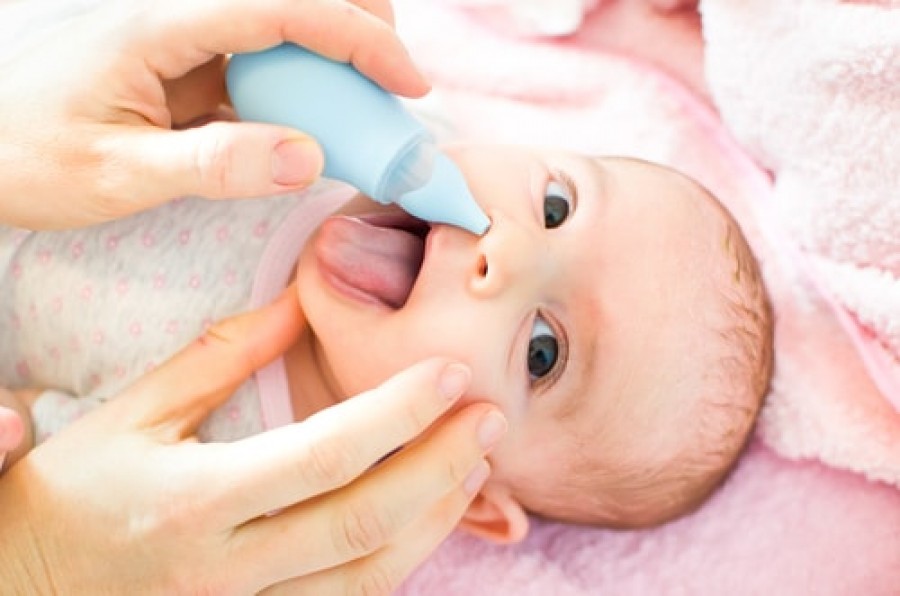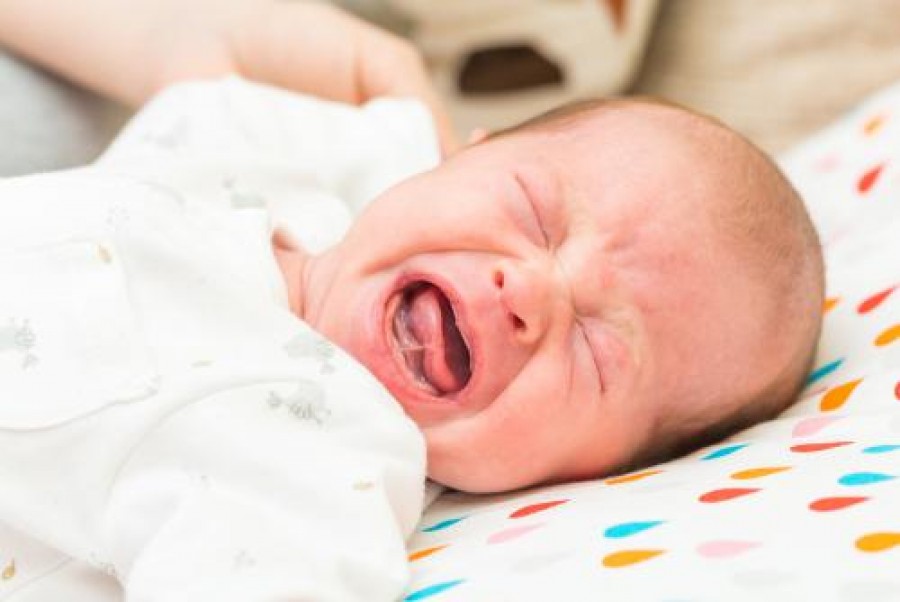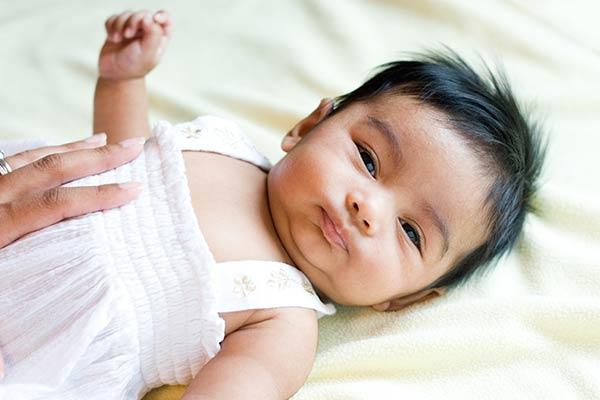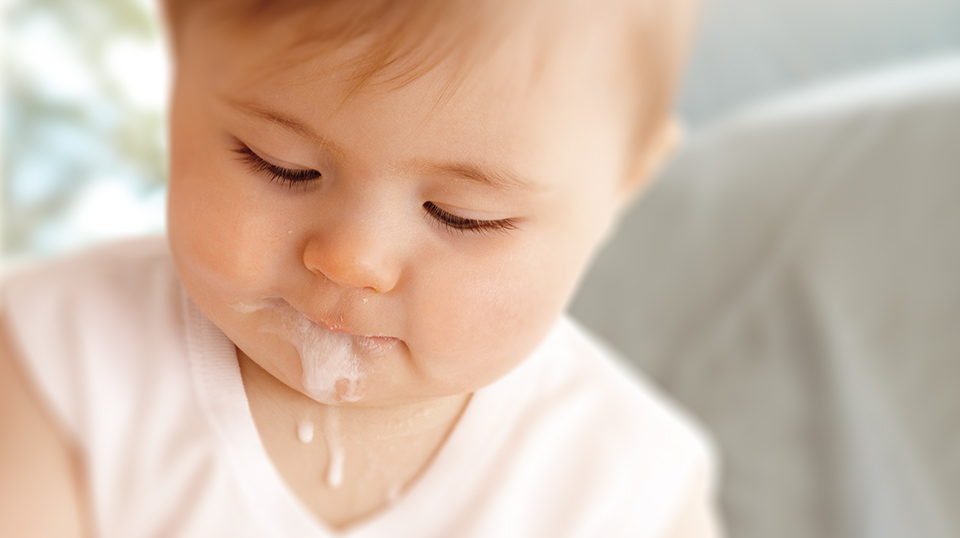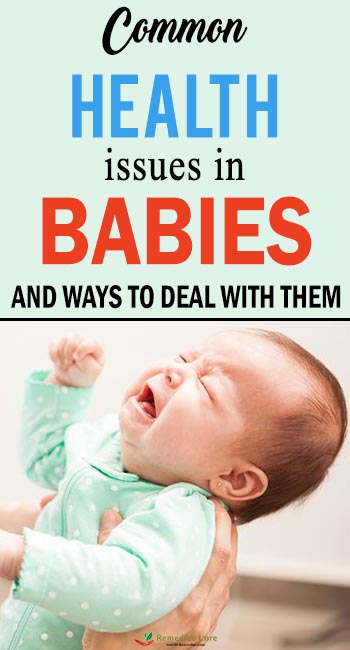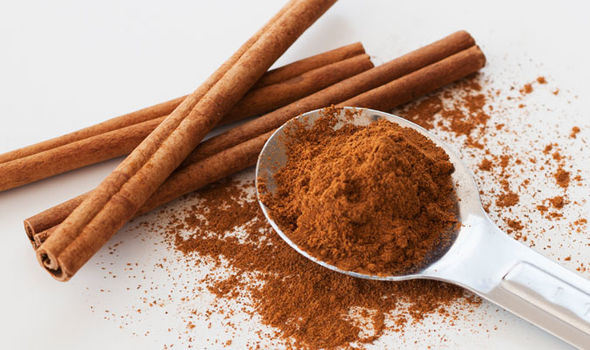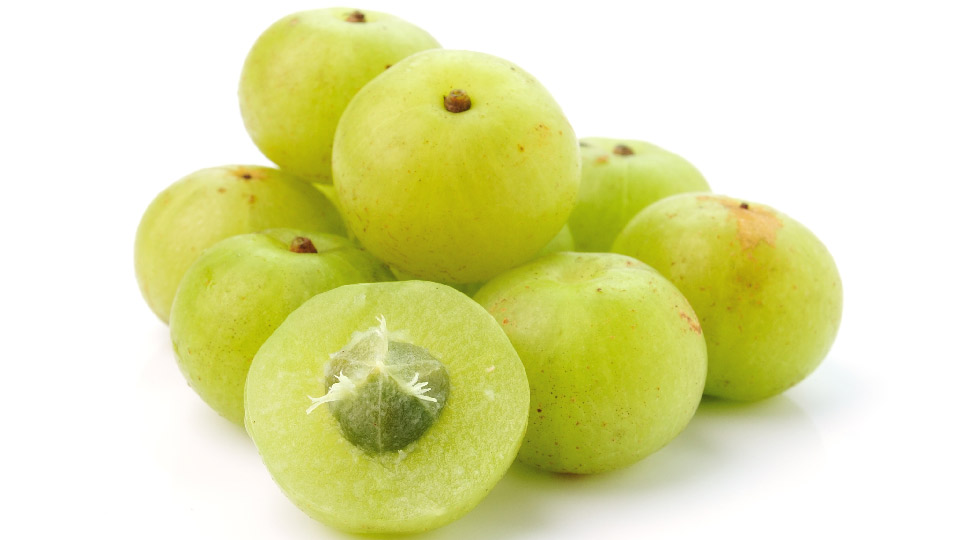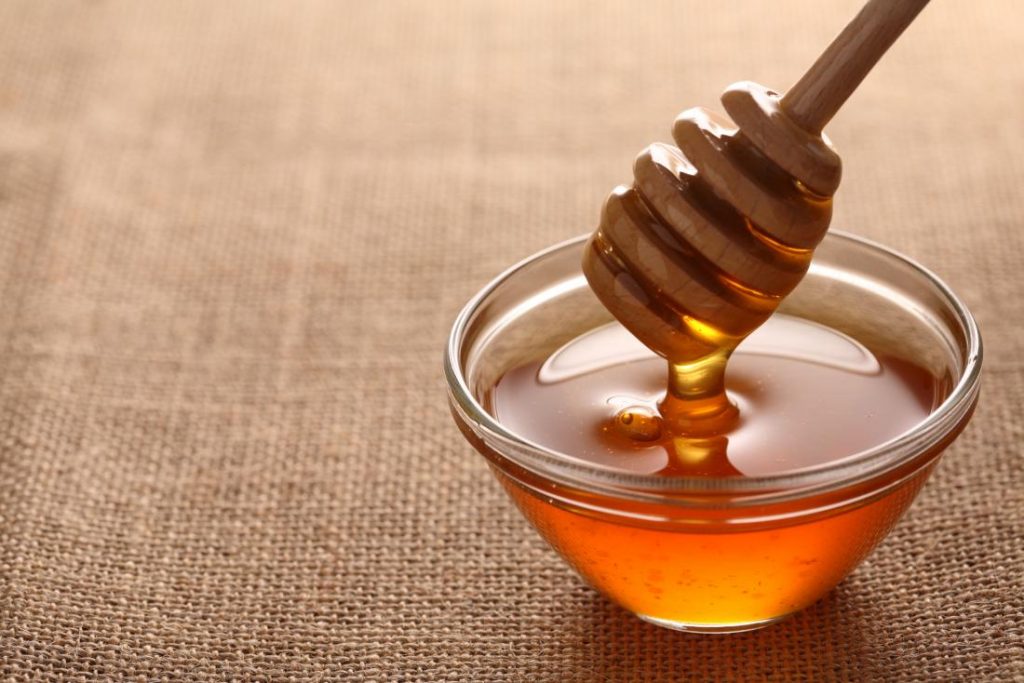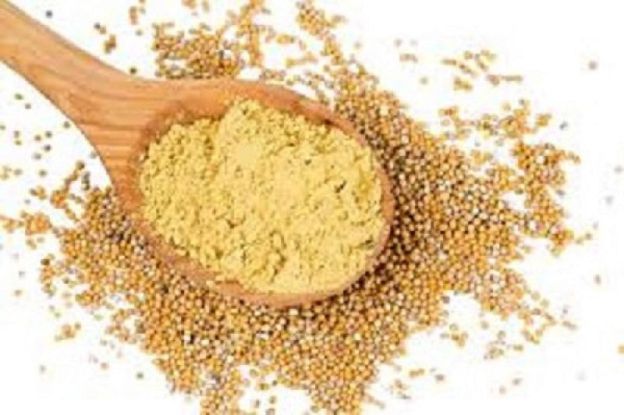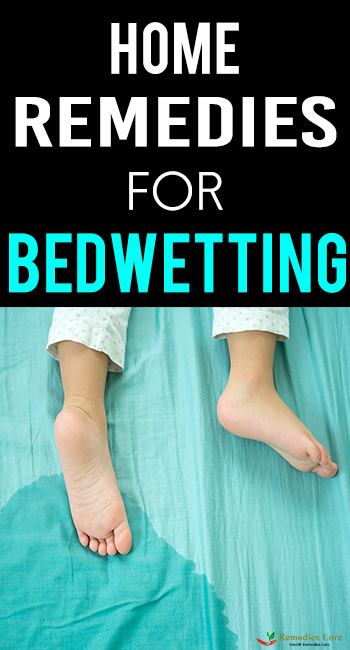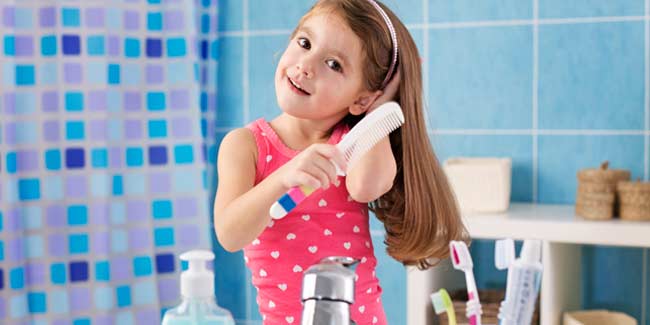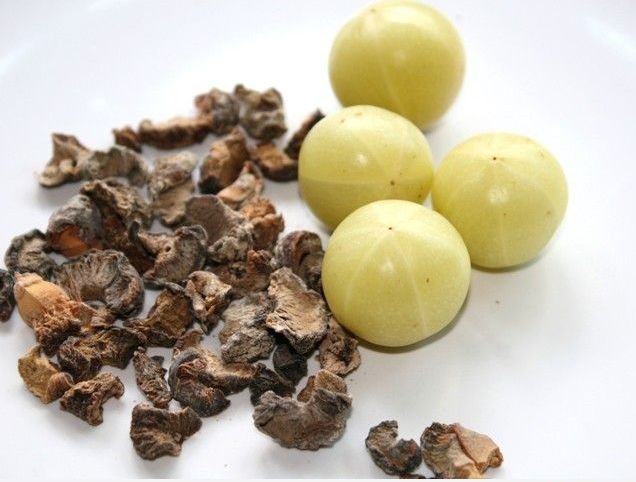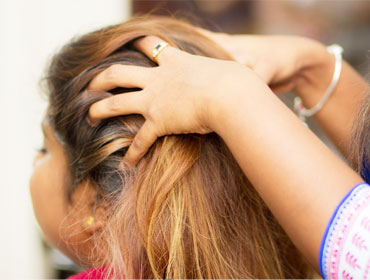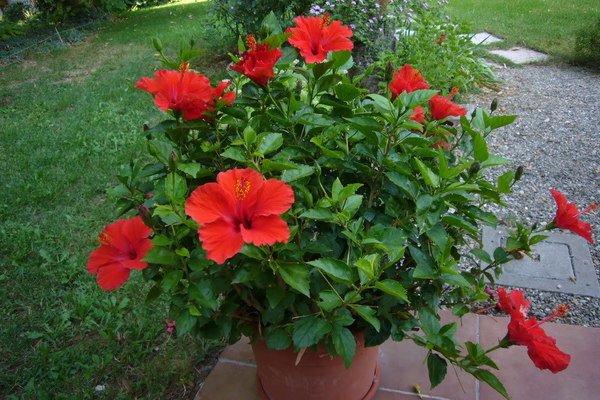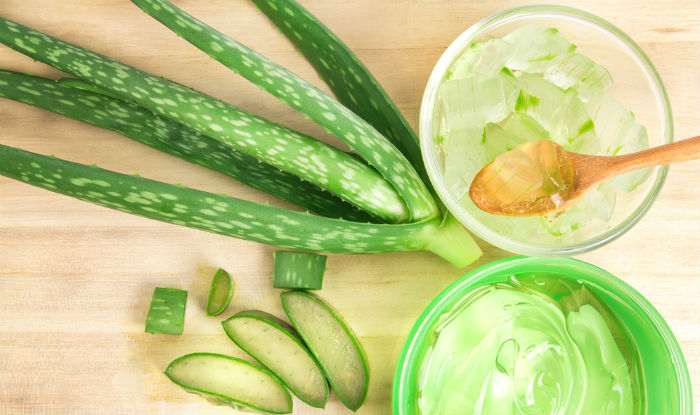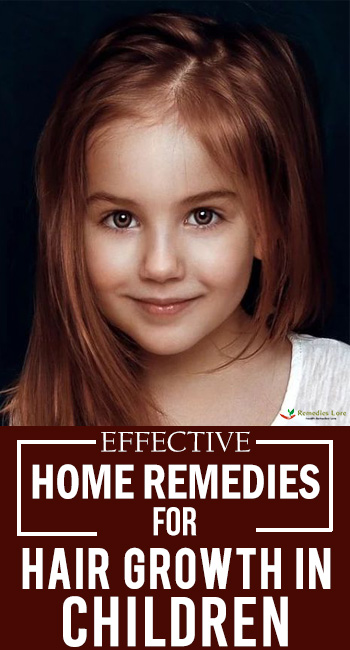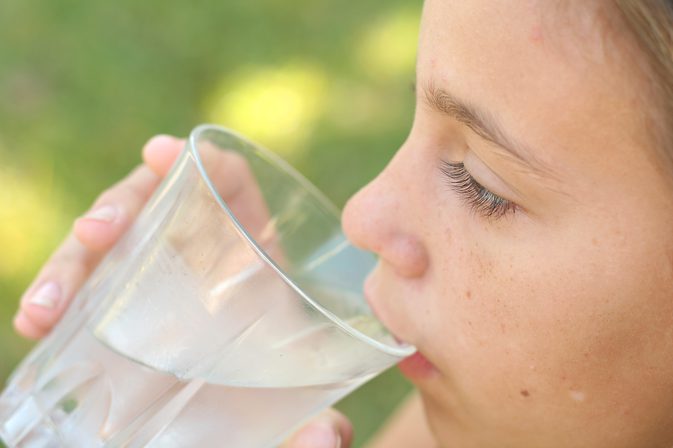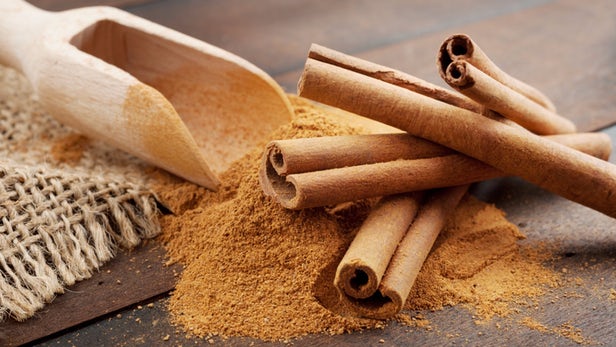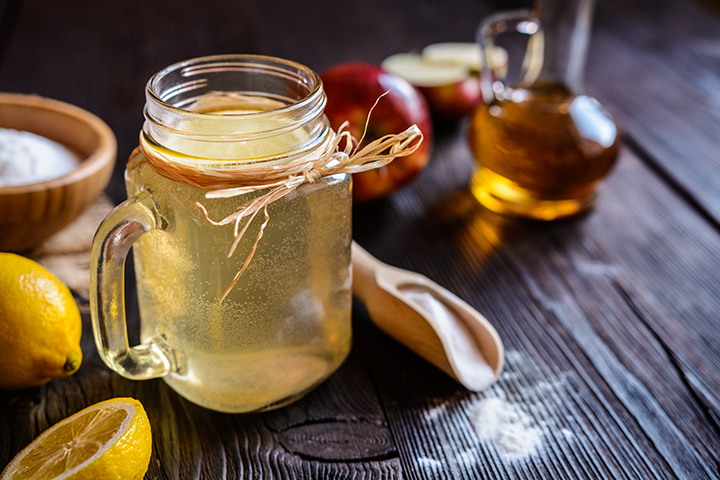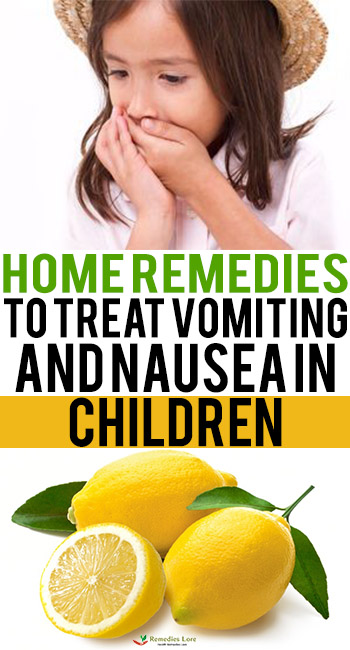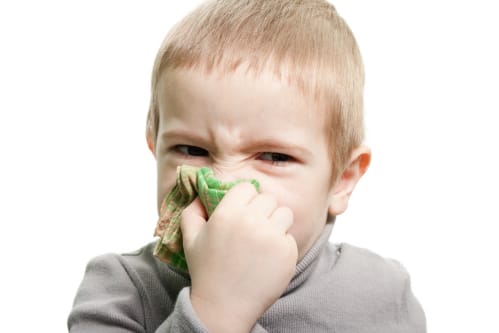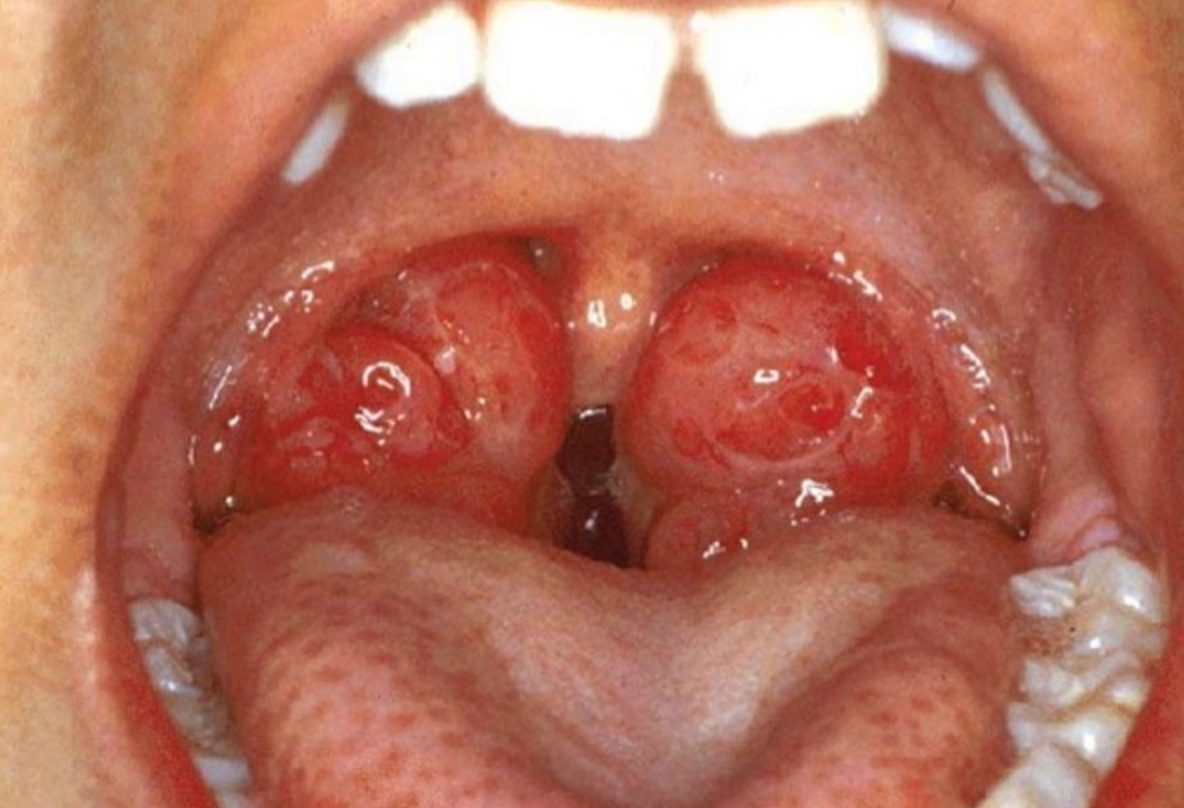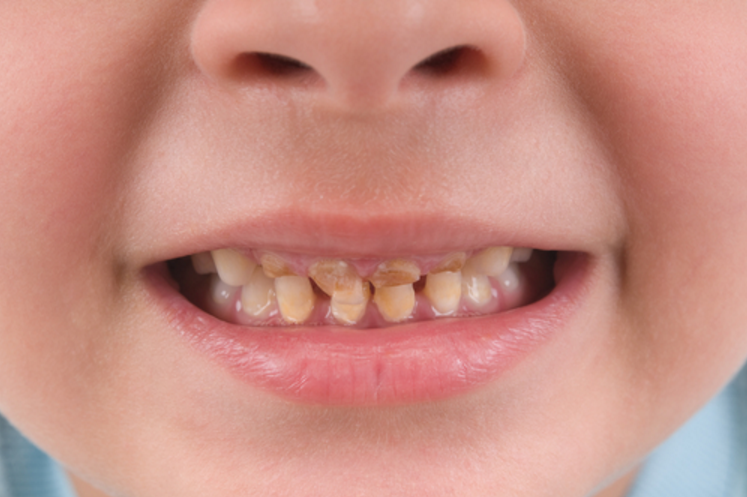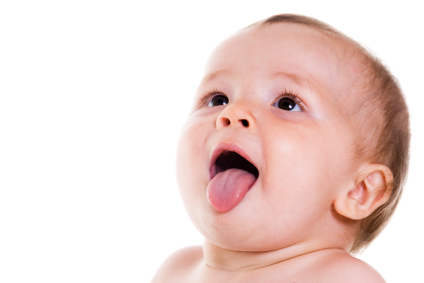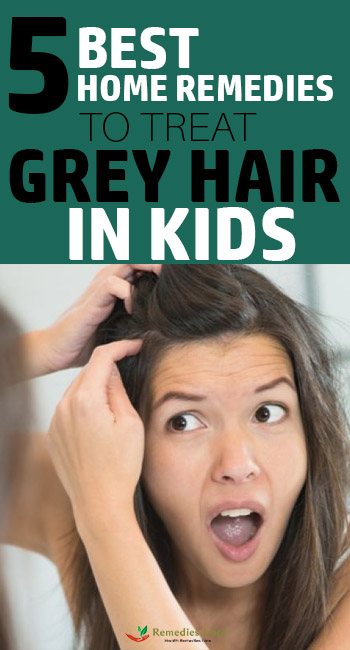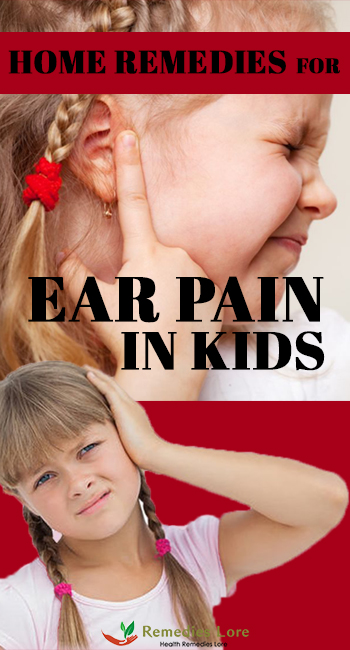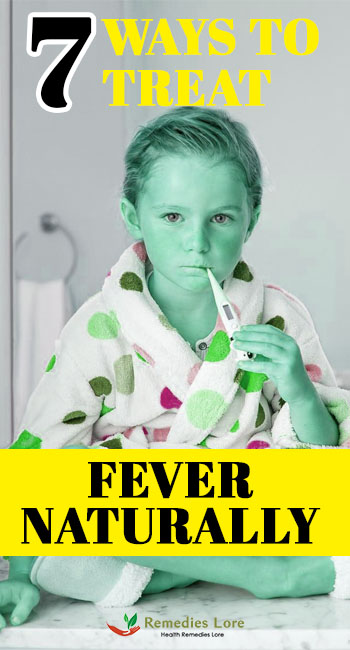Diaper rash is a very common skin condition affecting a lot of infants. And almost every parent asks “how to get rid of baby rash without much effort,” especially if they are blessed with their first child. Although it is not serious, it can surely be uncomfortable for little ones with very soft skin. And that’s why every parent, as well as a caregiver, should know, what are the easy and safe ways of getting rid of this condition.
Diaper rash is usually red, painful, and usually aggravates in moist, warm conditions, and can make skin look raw, bumpy, and even scaly. Infants with underlying skin conditions like eczema are more prone to diaper rash and can get affected quite often.
Yes, there are various creams available that can improve rashes, but like most other skin problems, you should go for some effective and safe home treatments. Here are a few tips and tricks to help your baby feel better after getting affected by the baby rash. Before jumping on the home remedies, let’s talk about some possible causes of baby rashes first.
What Are the Causes of Baby Rash?
There are various and very different causes of the baby rash, including:
- Heat
- Friction
- Chemicals
- Dampness
- Fragrances
- Allergies
- Fabrics
- Wet, low quality, or unfit diapers
Some other factors associated with diaper rash are:
- Chafing or rubbing: Rubbing during the massage or due to tight clothes.
- Irritation due to urine and stool: Your baby may get affected with diaper rashes in case of frequent bowel movements, diarrhea, or dysentery. Prolonged exposure to urine or stools in pants or diapers may start irritating skin and cause rashes.
- Irritation from certain products: It is one of the major causes of rashes in newbies. Because infants’ skin is very soft and may react to diapers, wipes, detergent, fabric softener, or fabric bleach from new brands, ingredients are found in creams, lotions, oils, powders, etc. are also responsible for baby rashes.
- Introduction to New Foods: The stool content starts changing when your baby starts eating solid foods, and the chances of baby rashes may also increase to some extent. Stools’ frequency may also change with a sudden change in type and quantity of foods and may lead to red rashes on bumps. Breastfeeding babies can also get rashes from their mothers when they eat something that doesn’t suit the baby.
- Bacterial of Fungal Infection: Buttocks, thighs, and genitals are usually covered with diapers and are very much favorable for the growth of bacteria and fungi. And the infection due to these microorganisms usually spread to other skin regions as well. You can easily identify rashes due to infection from scattered red dots all around the diaper region. In such cases, home remedies to treat diaper rash are not very effective, and you should take your child to a licensed medical practitioner for proper treatment.
- Overuse of Antibiotics: Yes, antibiotics are prescribed to treat a bacterial infection, but the bad part is, antibiotics also kill the bad bacteria. Antibiotics can kill the bacteria known for controlling yeast growth and may open the door for yeast infection. Antibiotics can also cause diarrhea. And breastfed babies can even get rashes from their mothers taking antibiotics.
- Sensitive Skin: As we have learned earlier, babies have very sensitive and soft skin and can’t tolerate skin conditions like atopic dermatitis or other skin problems. Some infants are born with highly sensitive skin and can easily get rashes all around their bodies, even for some strange reasons.
Also Read: 15 Home Remedies for Rash Under Breast
Home Remedies to Treat Diaper Rash
As already said earlier, diaper rash is not a serious skin condition and can be cured easily. Following are some home remedies to treat diaper rash:
1. Change diapers frequently
Leaving your baby with wet or spoiled diapers is one of the most common causes of painless diaper rashes, and you should avoid this as much as possible. Whether you are reading this as a parent or a caretaker, change the spoiled diaper promptly to avoid symptoms from getting worse.
2. Give some open time to your baby
Keeping them packed with diapers all the time is surely not the best idea. Give your baby some healing time with no diaper or pants on. It will dry out the moisture and start healing the rashes within the first couple of days.
Also, avoid putting on synthetic, rubber, or tight pants while your kid has diaper rashes. Instead, prefer dressing them in loose, comfortable, high-quality, 100% cotton pants to make them feel happy and playful.
3. Use diaper creams and ointments
You can easily find skin-soothing creams and barrier ointments at a nearby grocery or medical stores. Creams containing zinc oxide are very effective as over counter treatment for diaper rash. Apply a thick layer of cream on rashes and leave open to allow some time to dry.
4. Avoid giving foods you are not sure about
Yes, just like you, all parents want to upgrade their kids’ eating patterns, and there is nothing wrong with it. However, you should be careful while introducing your baby to new foods. Please don’t give them acidic foods like citrus fruits or tomatoes. The acidic nature of these foods can irritate the urine or stool, affecting the surrounding skin.
Start with soft, easily-digestive foods like banana, oatmeal, fruit puddings, mashed rice, dal, etc. And always keep a check on foods to find which one is suited and which are not.
5. Clean, but don’t scrub the area
You should keep this point as prevention from diaper rash even in the future. Yes, keeping the area clean and dry is very important, but unnecessary scrub can irritate. And hence, gentle cleaning is the only option.
6. Avoid using scented detergents or soaps
It is very easy to fall for scented detergents and soaps. But you should avoid them, especially when it comes to your baby. Scented soaps, creams, bubble baths, and laundry detergents are not good for infants, even if the manufacturers advertise about them as “child-friendly.” So, use only gentle, unscented soaps, creams, and detergents from a well-known brand to keep your baby’s skin soft, supple, and healthy.
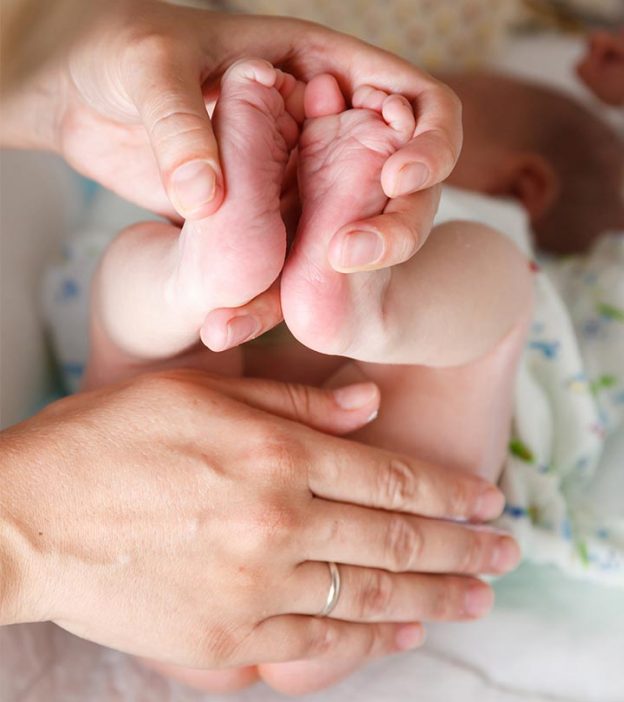
7. Are baths good for diaper rash?
Yes, certain baths are very good for diaper rash. You can try an oatmeal bath to improve the condition. Colloidal oatmeal is very effective in reducing inflammation and irritation especially caused due to atopic dermatitis. You can find the oatmeal bath treatment easily at nearby drug stores as well as online. Follow the directions on the package to give your infants a healthy and soothing bath.
8. Say “No” to Baby Wipes:
Keeping the diaper area clean and dry is important, but you can do it without using baby wipes too.
Avoid using baby wipes if your baby is having diaper rashes, as wipes can increase the irritation. We advise you to use only gentle, scent-free soap and water to wash and pat dry with a soft, cotton cloth.
If you have no other option but to use wipes, choose only unscented, natural wipes, which are a bit costly but are good for babies’ skin
9. Choose only high-quality, fit diapers
Loose or bad quality diapers are also one of the causes of diaper rashes. Choose the diapers very carefully. Diapers should neither be too tight or too loose. Check the size properly according to age and get larger sizes as your baby grows.
10. Switch to different diaper or laundry detergent brands
If you notice the frequent appearance of rashes, it means your baby is sensitive to a certain product. For example, diapers or wipes from a particular brand can trigger irritation. If you use cloth diapers, try to change the detergent brand to see if your baby is allergic to a specific detergent.
Your aim should be to eliminate the harmful chemicals from baby care as much as you can.
11. Apple Cider Vinegar
Using apple cider vinegar for diaper rash is also a very good idea, especially if rashes develop due to fungal or yeast infection. Diluted apple cider vinegar can kill the infection-causing bacteria and improves the condition pretty quickly. Add one tbsp diluted ACV to a cup of water and wash your baby’s bottom every time while changing the diaper.
12. Apply Olive Oil
Olive oil is very famous for its anti-bacterial and anti-inflammatory properties and can be very handy to eliminate almost all kinds of rashes. You should use olive oil for massaging your baby even if there are no rashes. Olive oil is very healthy and keeps your baby’s skin soft, supple, and radiant. Also, olive oil is pretty good to induce calming, peaceful sleep, which is very important for your baby.
13. Massage with Coconut Oil
If olive oil is not available, virgin coconut oil is a great alternative. And it is very easily available too! Coconut oil is very hydrating and also protects your baby’s skin from irritation and rashes. Studies also suggest that coconut oil is very good against fungal infections and can be a pretty effective treatment for rashes due to yeast infection.
14. Is Vaseline good for diaper rash?
Yes, like other skin conditions, Vaseline can be very good for diaper rashes as well, especially if rashes are developed due to excessive dryness. Vaseline locks the skin’s moisture and doesn’t only treat the condition but prevents further chafed skin from diaper rashes.
Vaseline works on the skin by restoring the softness and forming a protective layer to reduce moisture and prevent fungal and bacterial infection. So, if you ask, “can I use petroleum jelly on my baby?” our answer is, “Yes, you surely can.”
15. Chamomile Tea and Honey
Both honey and chamomile tea are known for their antiseptic effects and can heal diaper rashes within a few days. Add one tbsp honey to two cups of chamomile tea and spray all over the rashes without massaging.
How to Prevent Diaper Rashes?
As they say, “prevention is better than cure” would be great if you can already eliminate the chances of developing diaper rashes or preventing recurrence. Here are some preventive measures you can try to reduce the likelihood of diaper rashes.
- Wash your baby’s bottom with warm water each time you change the diaper: Using a bottle, tub, or sink is advisable to make it easier for both you and your baby. You can also use moist washcloths, natural baby wipes, and cotton balls to make the cleaning process easy.
- Use only a soft, cotton towel to dry the area: Hard, low-quality clothes or wipes are also among the common causes of diaper rash. Avoid scrubbing the bottom area while drying with a soft, cotton towel.
- Don’t keep your baby “packed” all the time: Diapers are more for the convenience of parents and caretakers than anything. They surely are not very healthy for kids. Whenever it is possible, give your baby some diaper-free time. Expose the skin to natural air to eliminate the chances of unwanted moisture around the bottom area.
- Don’t forget to wash your hands frequently: What if you are causing infection to your baby? Weird? Yes, it’s also possible that you are accidentally causing infection to your kiddo without even knowing. Unhygienic or improperly washed hands can work as transporters for bacteria and fungi and cause diaper rashes. So, always wash your hands properly before as well as after changing the diapers.
So, hopefully, you have got a lot of answers to your question, “how to get rid of the baby rash.”In addition, we have also helped you with some prevention tips. Take some extra care of your kid when it comes to maintaining hygiene, especially around that sensitive bottom area. Follow any of the tips mentioned above to get help your baby overcome the condition. If the rashes don’t fade away after a week or so, you should get in touch with a medical practitioner to find possible allergy or other skin condition causing rashes around the bottom.

